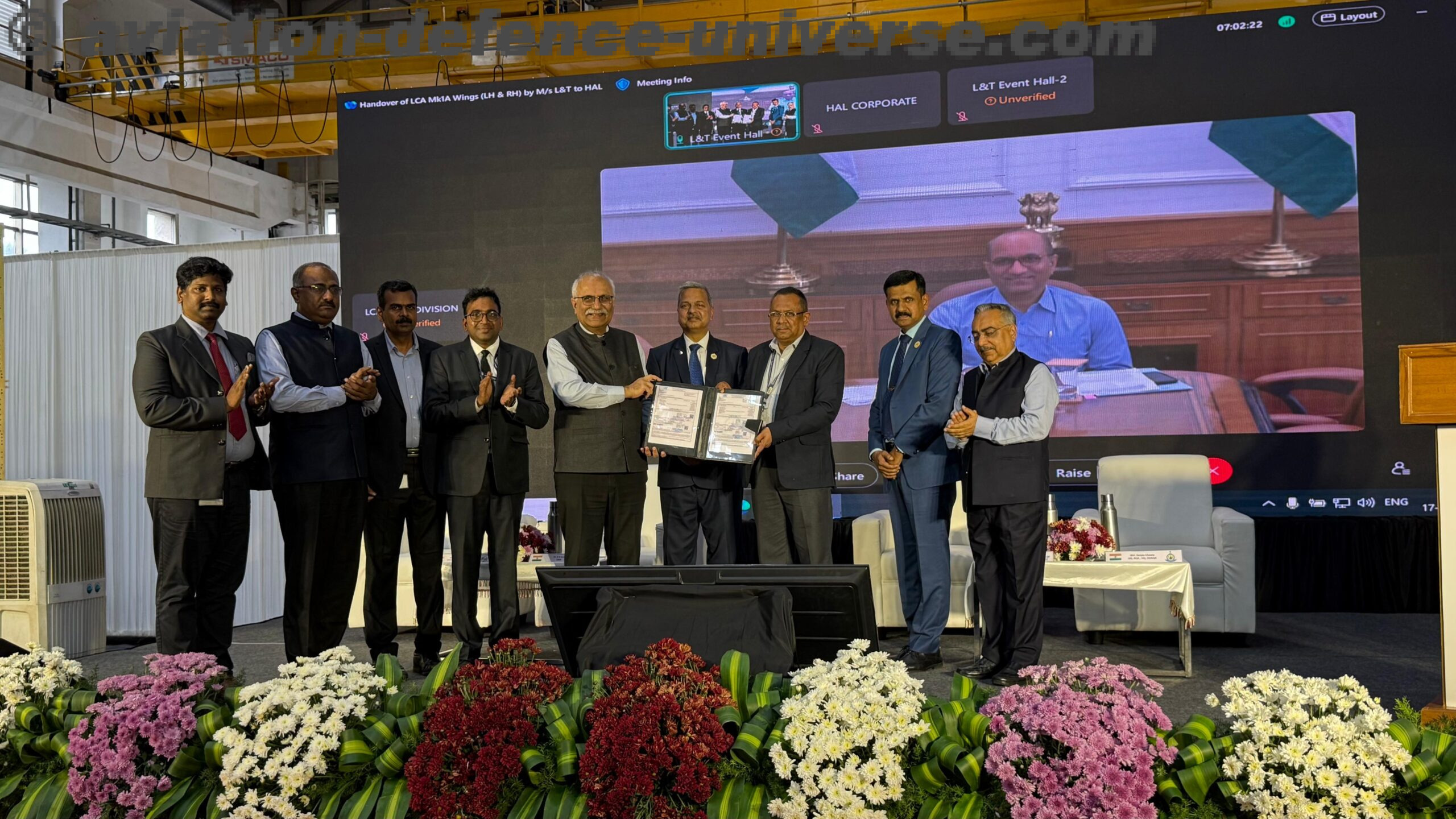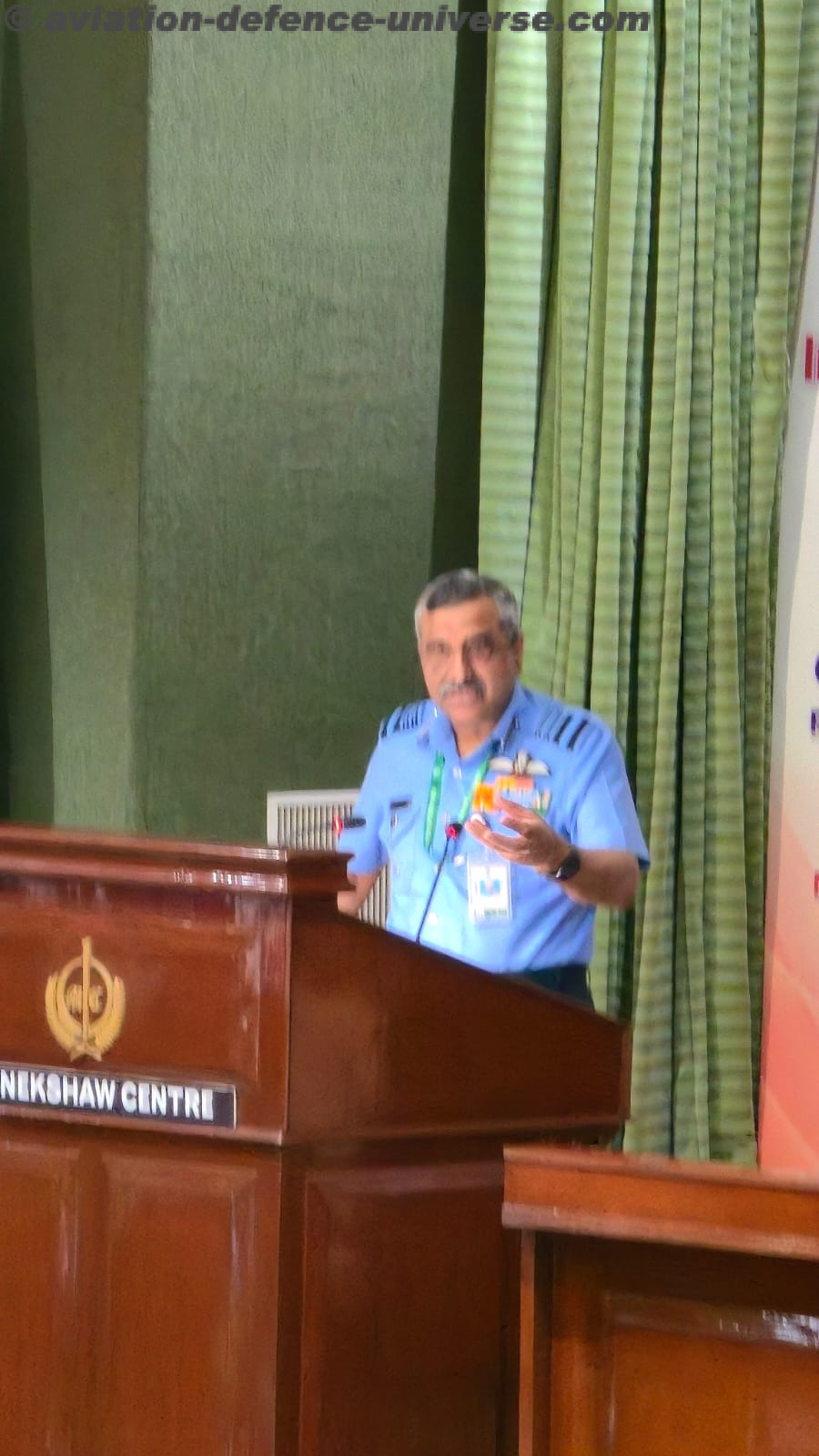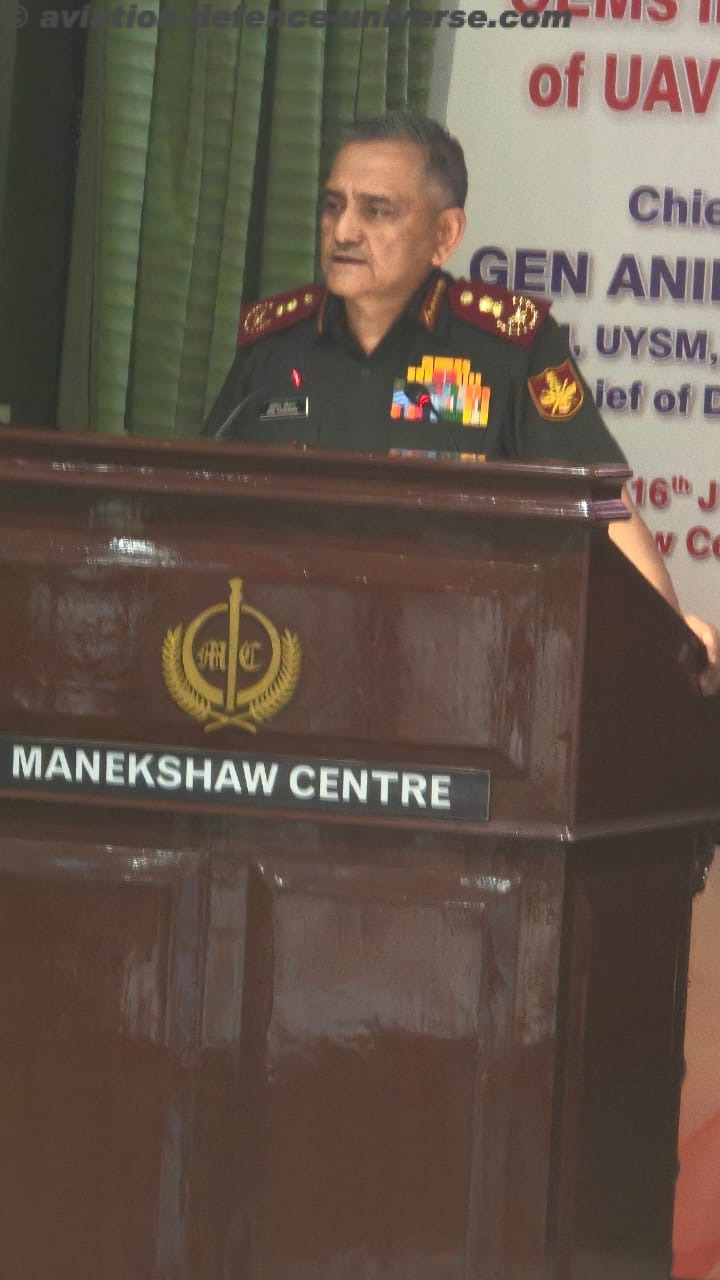
New Delhi. 19 April 2021. “Next-gen digital and innovative ICT technologies, including advanced networks, AI/ML, Cybersecurity, surveillance, sensors, etc., are already being leveraged globally by many developed countries. Their security forces are forming a strong strategic deterrence on the back of these technologies. The time is NOW for the Indian Paramilitary forces to strengthen their network with these next-gen technologies for delivering on their key objectives and achieve the desired deterrence across the entire spectrum,” KS Rao, CEO – Network Services and Software Business – STL stated strongly in an exclusive interview with Aviation & Defence Universe (ADU).
ADU. Why are Digitisation and ICT Technologies important for building Strategic Deterrence?
KSR. India shares its borders with seven different countries. Our national landscape involves numerous vulnerable terrains like deserts, swampy marshes, snow-capped mountains, and deep forest areas. In the last few years, our borders have been exposed to unanticipated threats involving insurgency, terrorism, illicit trafficking, and territorial disputes with neighbouring countries. These complex threats put human lives at risk many times and our Defence and Paramilitary division has multivariate responsibilities to fulfil. Though Paramilitary forces are performing to the best of their capacities, what they lack is the real insight into the nature and gravity of these potential threats. They need strategic planning and forward intelligence to tackle these threats, and this is only addressable by augmenting and fortifying the current-state networks with modern ICT technologies.
ADU. What is the current digital readiness for Paramilitary?
KSR. MHA’s Paramilitary division has been undertaking modernisation initiatives since 2014 to improve the efficiency and effectiveness of border operations. Some of these initiatives include:
- Covering areas where physical fencing is not feasible, with non-physical barriers in the form of Comprehensive Integrated Border Management System (CIBMS), like on Indo-Pakistan and Indo-Bangladesh borders, which integrate manpower, sensors, networks, intelligence, and command & control systems to improve situational awareness
- Integrated Check Posts (ICPs) to bring all the regulatory agencies, such as security, immigration, and customs, along with the support agencies, under one roof, forbidding any unauthorised movement of goods and people across the borders.
- Protecting border areas with fencing, floodlighting, and manual patrolling with long-range Reconnaissance and Observation Systems (LORROSs) deployed at certain strategic areas.
- UAVs, target acquisition binoculars, handheld thermal imagers (HHTIs)/thermal sights/night vision devices (NVDs), unattended ground sensors, mine-protected vehicles, and communication equipment, including jammers and interceptors.
Though Paramilitary forces are taking digital transformation initiatives at a broader level, they are still at a nascent stage and require a deeply integrated approach and solutions that are customised to the unique mission and terrain requirements of each Paramilitary force.
ADU. How can such infrastructure be built that would help to build a technologically advanced Paramilitary Organisation?
KSR. Our Paramilitary forces need to opt for an ecosystem development mindset rather than an equipment development mindset. Our forces require a 360o approach to incorporate technology elements in their roadmap. To incorporate digital technologies, we have to prioritise the spend and focus on building capabilities to secure borders. The following solutions will set a foundation for bigger technology interventions in the future and help mitigating threats like trans-border criminal activities, infiltration, intrusion, encroachment, and border violations:
- Technology-led border & base management for fortified, smart borders that are intrusion proof, and act as Network as security
- Surveillance ecosystem for 24X7 surveillance for situational awareness
- Data analytics and databases for intelligence inputs, automation, and predictive analytics
These solutions will ensure that our Paramilitary forces are well adept with power to deter actions that are against our interests and can respond with effectiveness whenever required.
ADU. Where does India stand globally in defence digital infrastructure and what role STL is playing in digitizing the Indian defence sector?
KSR. India has emerged as one of the fastest-growing economies on the back of globalisation, digitisation, and favourable demographics but is constantly facing complex security challenges and uncertainty in its strategic defence environment. Though India has built expansive and secure defence networks across tri-forces, many of these, like the AREN and AFNET, are decades old and are in need of an upgrade. There is a pressing need to Unify, Fortify, and Modernise India’s defence networks with strategic capabilities like Joint-ness and Interoperability of Networks, Technology-led security solutions, and Cybersecurity architecture to achieve the Winning Edge.
STL is playing a major role in equipping and strengthening the defence sector with digital capabilities. Some of our solutions for defence include:
- Advanced and highly secure digital networks for the forces
- Optical fibre-based sensing for border and premise security through Sensron+
- Integrated Command & Control Centre along with full security ecosystem
- Physical security infrastructure setup
Our Sensron+ solution is a disruptive, sensor-based fibre optics technology. It has the potential to reduce manual intervention, especially in the defence forces, including coastal regions as well as the India-Pakistan and Indo-China borders.
ADU. Do you have a tailor made solution for border management?
KSR. India can safeguard its boundaries in the wake of cross-border intrusion and terrorism by deploying an advanced sensor-based fibre optic technology that can detect trespassers with optimum accuracy. Considering this, we have to build Sensron+. With hybrid sensing and surveillance set-up including fibre optic sensing, LIDARs, SONARs, UAVs and more, this solution can ‘technologically protect’ our borders from intrusion and breaches.
ADU. How big is the STL supplier base and what are its key drivers for efficient supply chain management?
KSR. With customers spanning across countries in Europe, the Middle East, UK, US, and Asia, manufacturing facilities in three continents, and diverse digital network solutions, STL has a fairly sophisticated demand-supply network. The company recognises that the speed of global serviceability is a priority when designing and orchestrating complex supply chains. To ensure a speedy and smooth implementation, STL designed an organic transformation recipe to enable rapid implementation of planning processes and tools.
ADU. Is R&D an on-going effort at STL or is it an on-demand activity?
KSR. At STL, we believe innovation allows businesses to survive and thrive in the competitive market. STL’s R&D efforts have been pivotal in creating sustainable value for its customers. Telcos globally have entrusted their core network build-outs to STL, given these advanced solutions. We have 4 innovation centres to experiment with designs and build prototypes for small cells and related applications. There are 569 patents to our name and still counting. Recently, we have come up with Celesta – the industry’s most advanced high fibre count ribbon cable, Garuda 5G Small cells, Outdoor multi-band radio, and much more.
ADU. Did the pandemic COVID-19 affect STL’s business plans?
KSR. Covid19 outbreak and subsequent lockdown told us that digital networks are indispensable. As soon as the lockdown restrictions were lifted, we accelerated our project deliveries like Mahanet, Tfibre and Navy project, with the use of technology and with utmost respect for people safety. On the financial side, STL demonstrated continued growth and financial performance in its core business areas and invested in capability building, capacity enhancement, new product development, and the strengthening of its leadership team. We are investing around Rs 250 crore to expand our optical fibre cable capacity to 33 million fibre kilometres (fkm) from 18 million fkm now, by next year.
During this pandemic, our engagement with customers increased, and we have cracked some major deals across India, MEA, the UK, and other parts of the world. With commercially launched new products for optical and wireless networks, STL has set up the stage for disruptive growth in the 5G era. Along with this, we have started to explore new business opportunities in new geographies like the US and new customer segments such as Data Centres.




























































































































